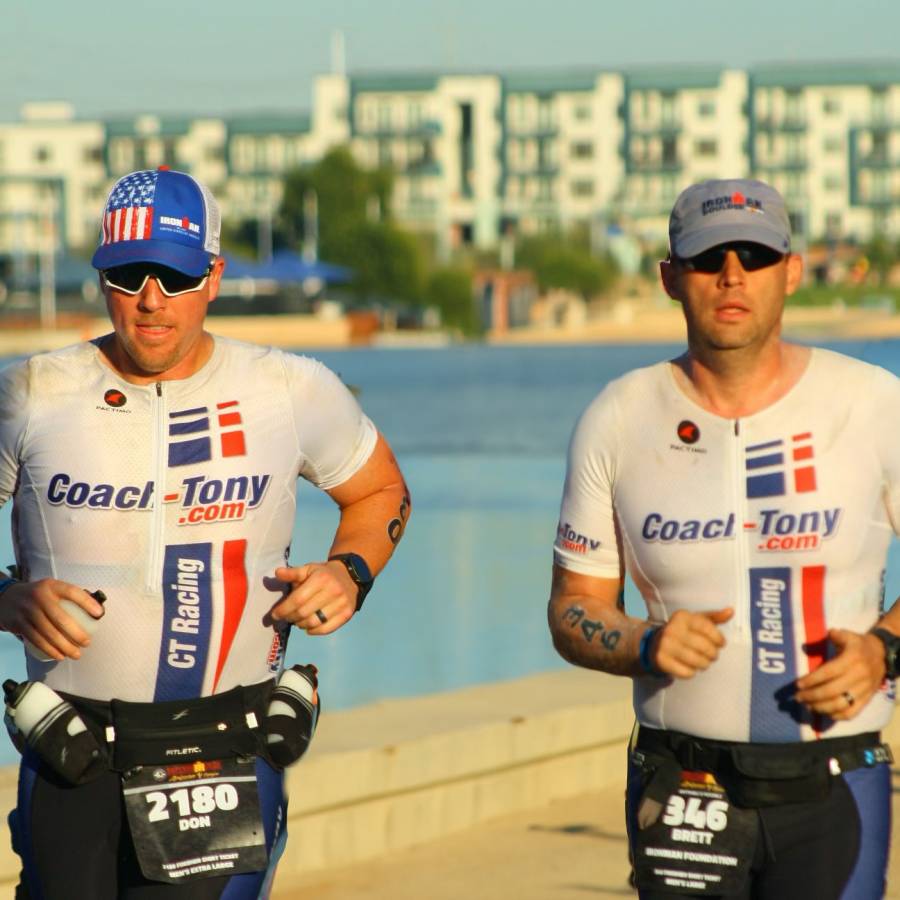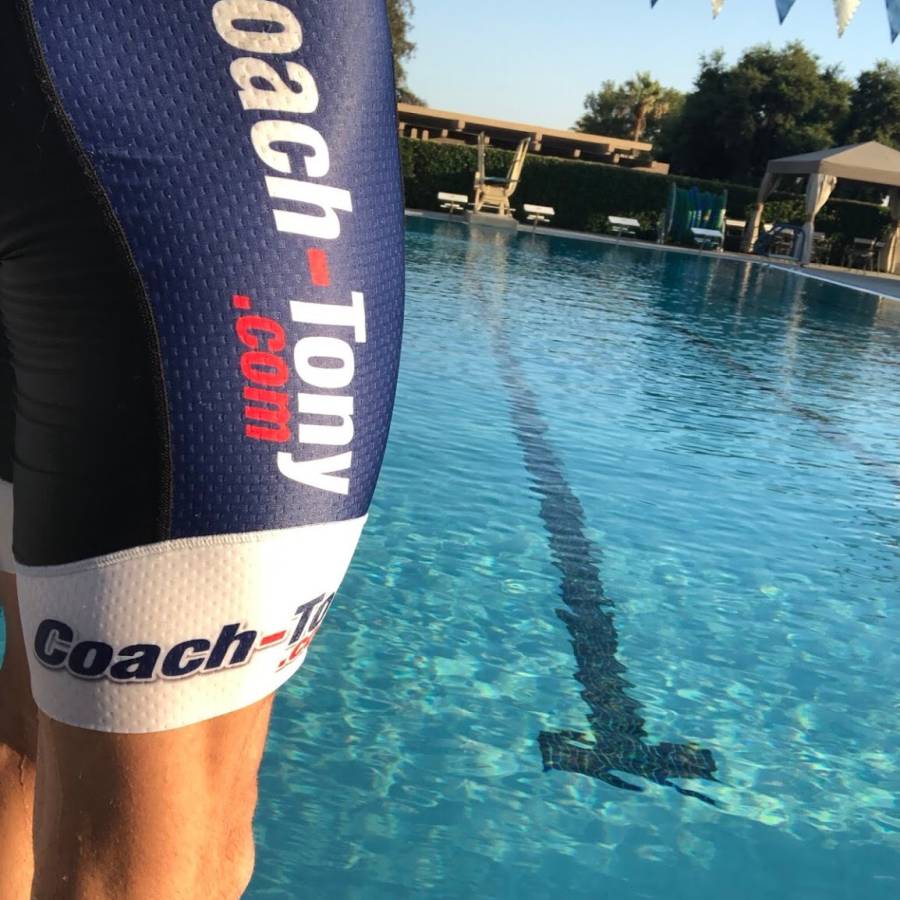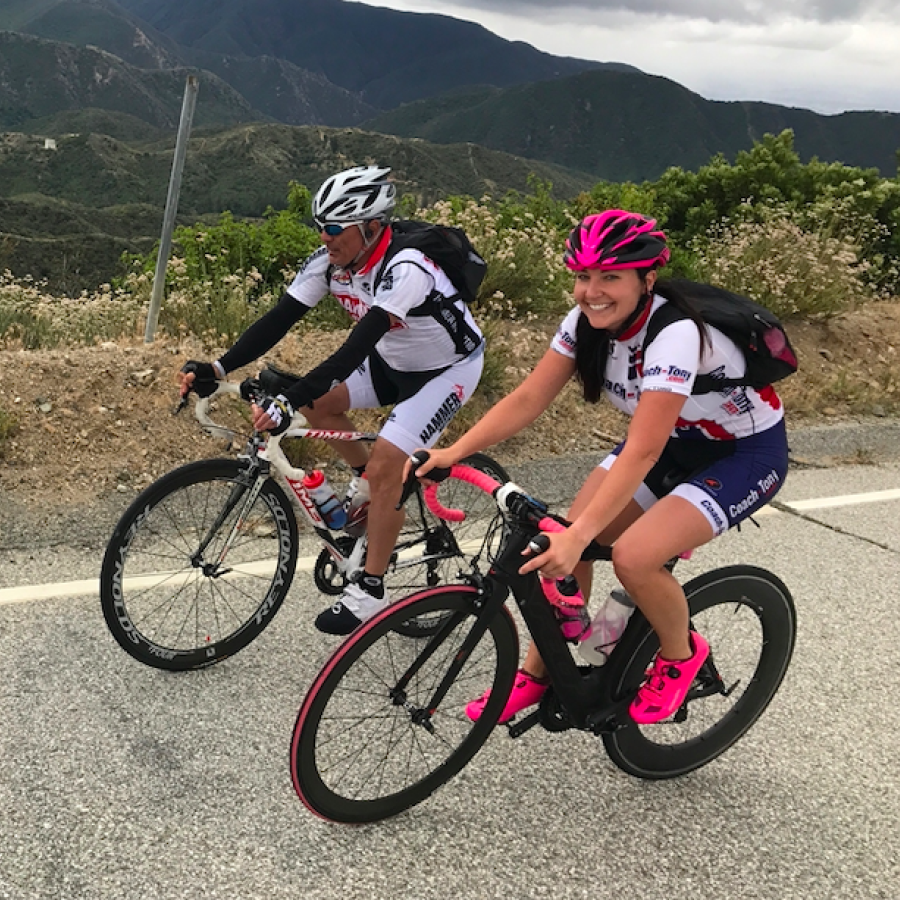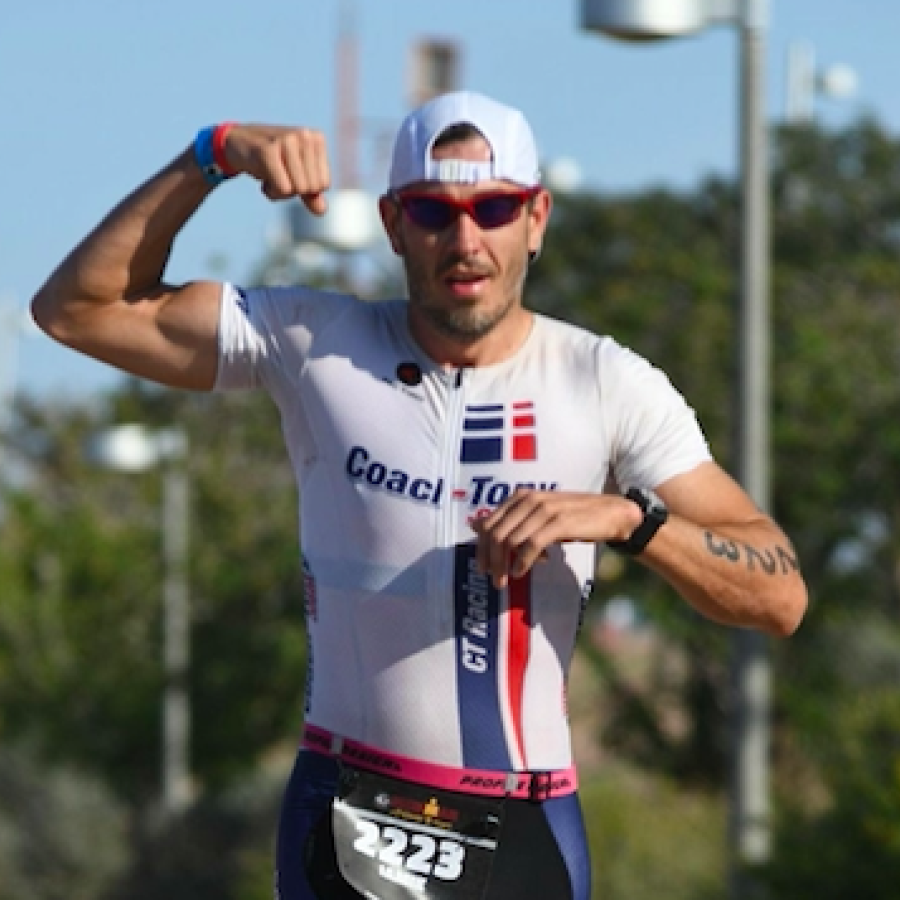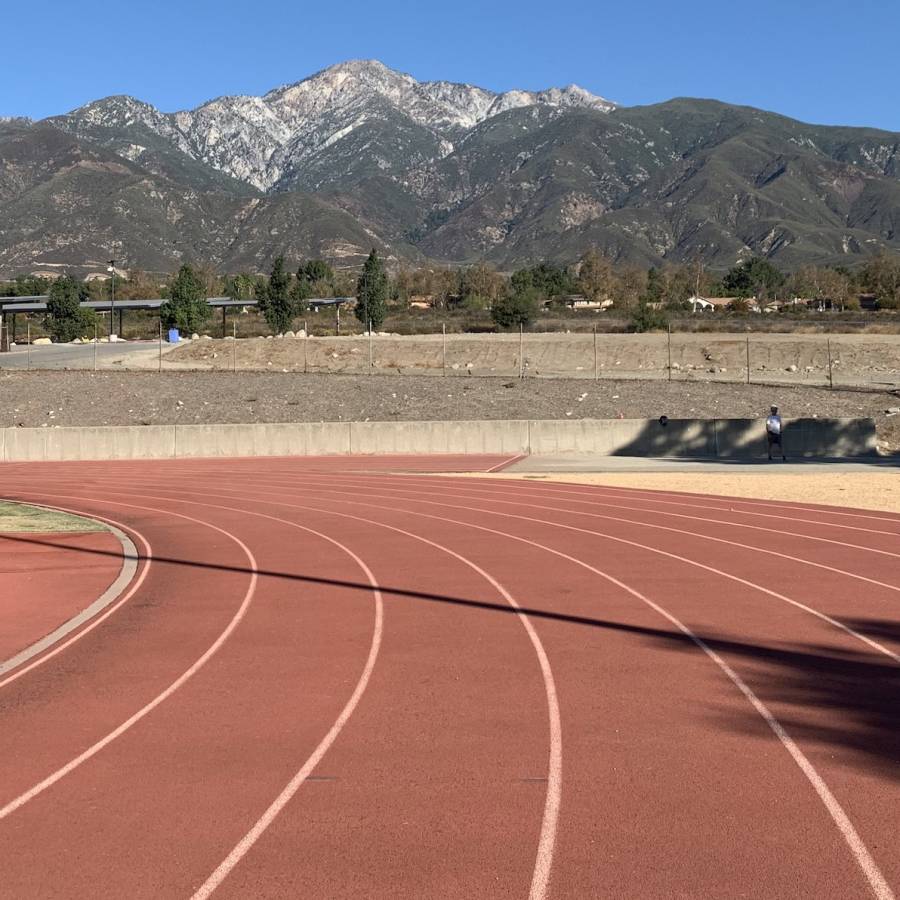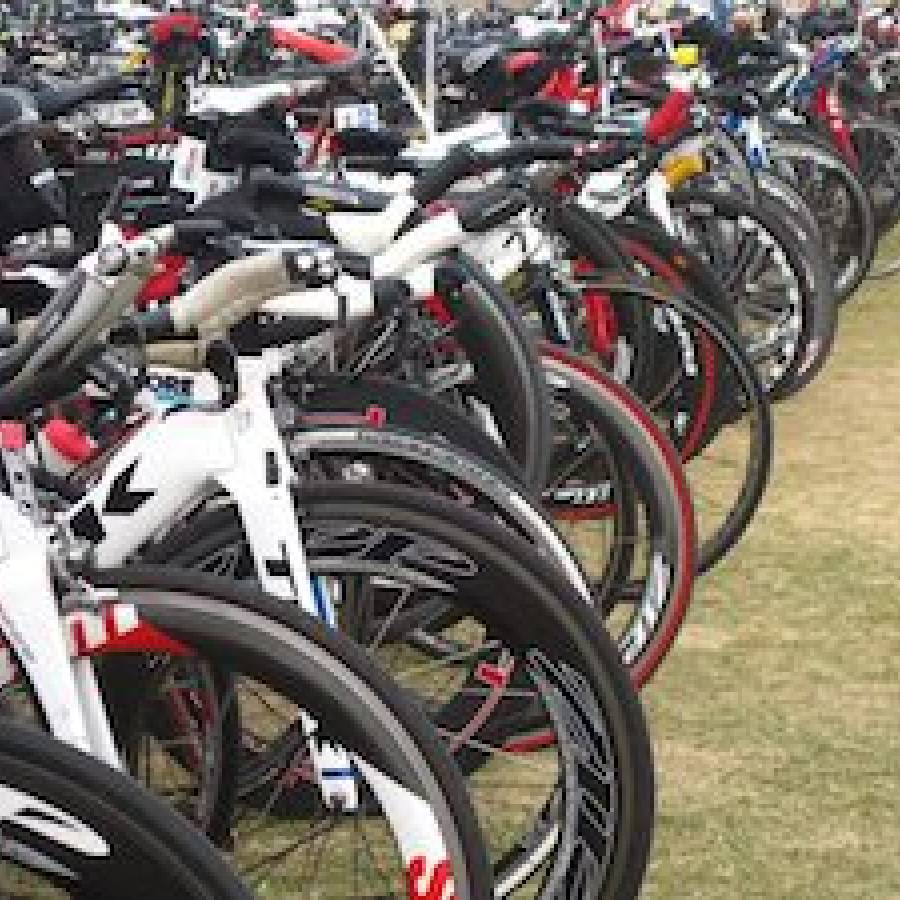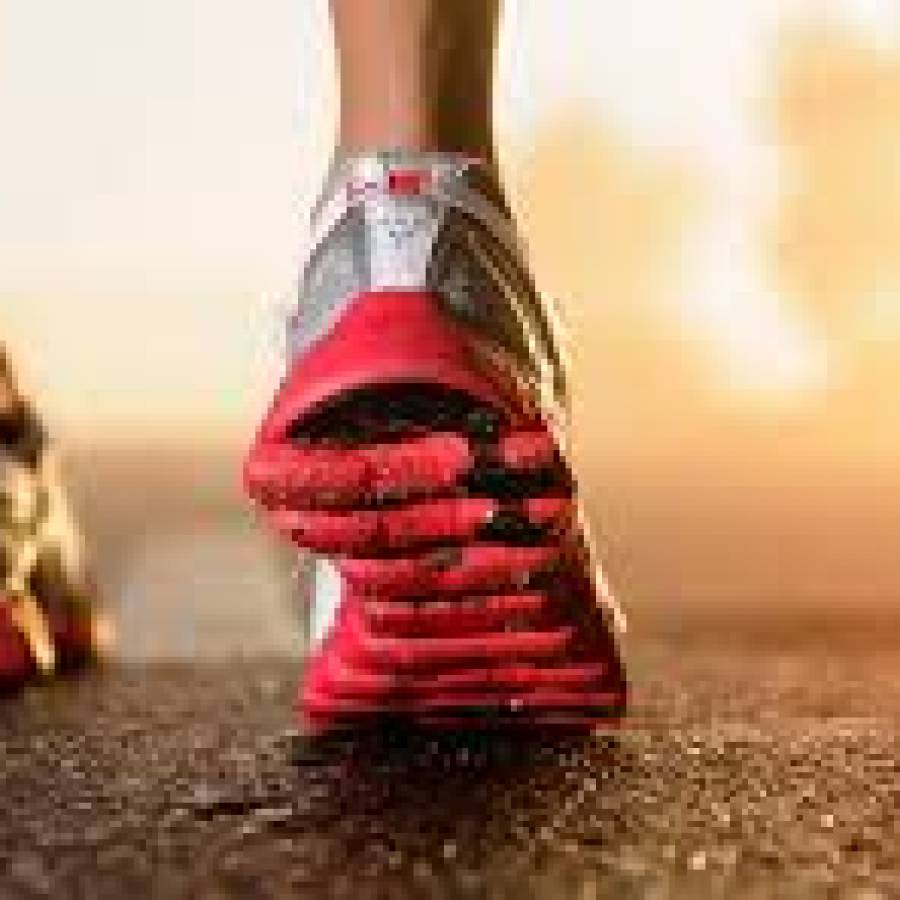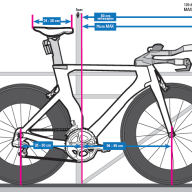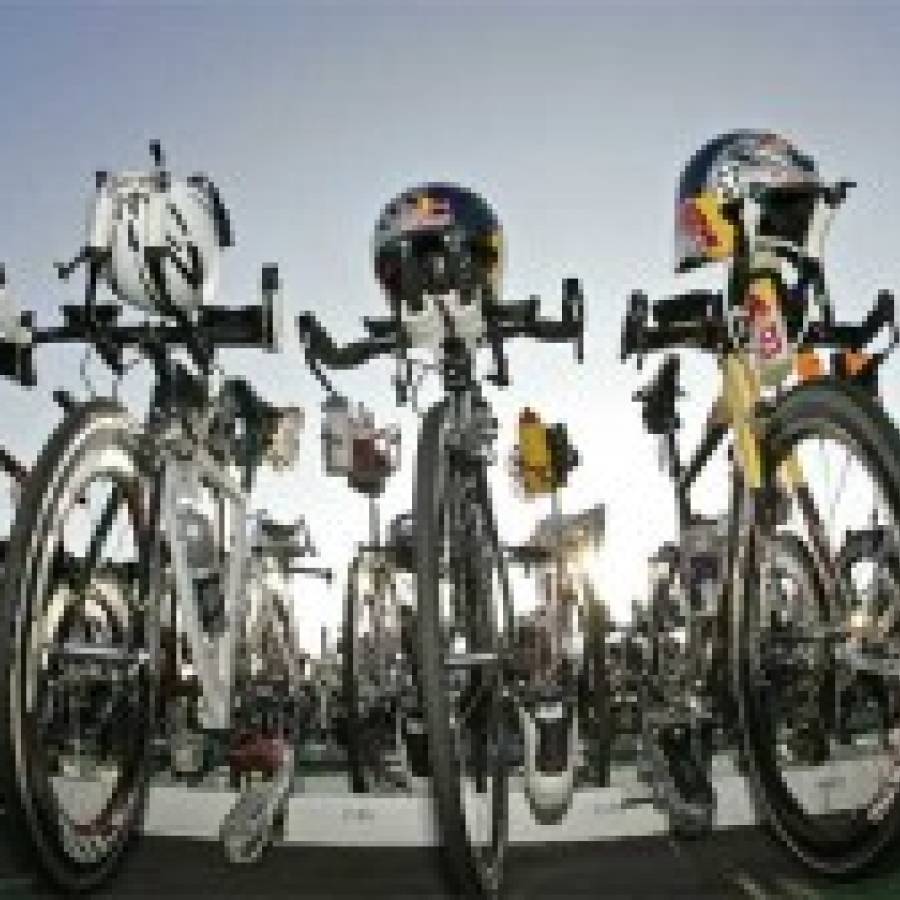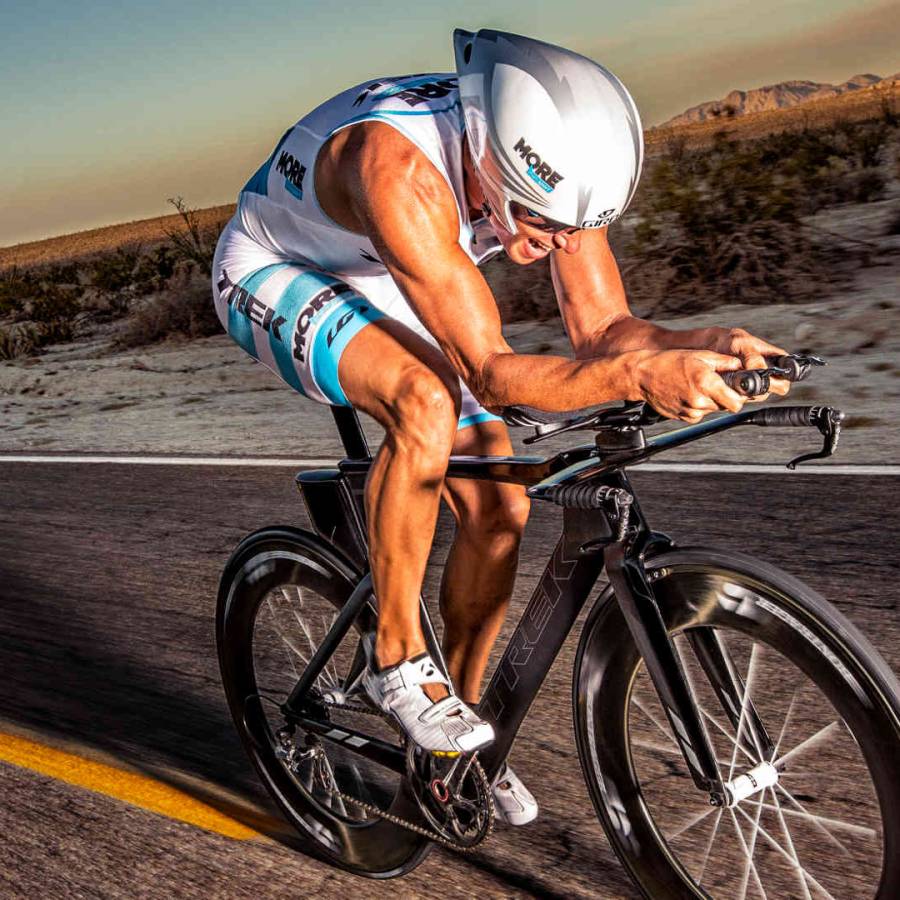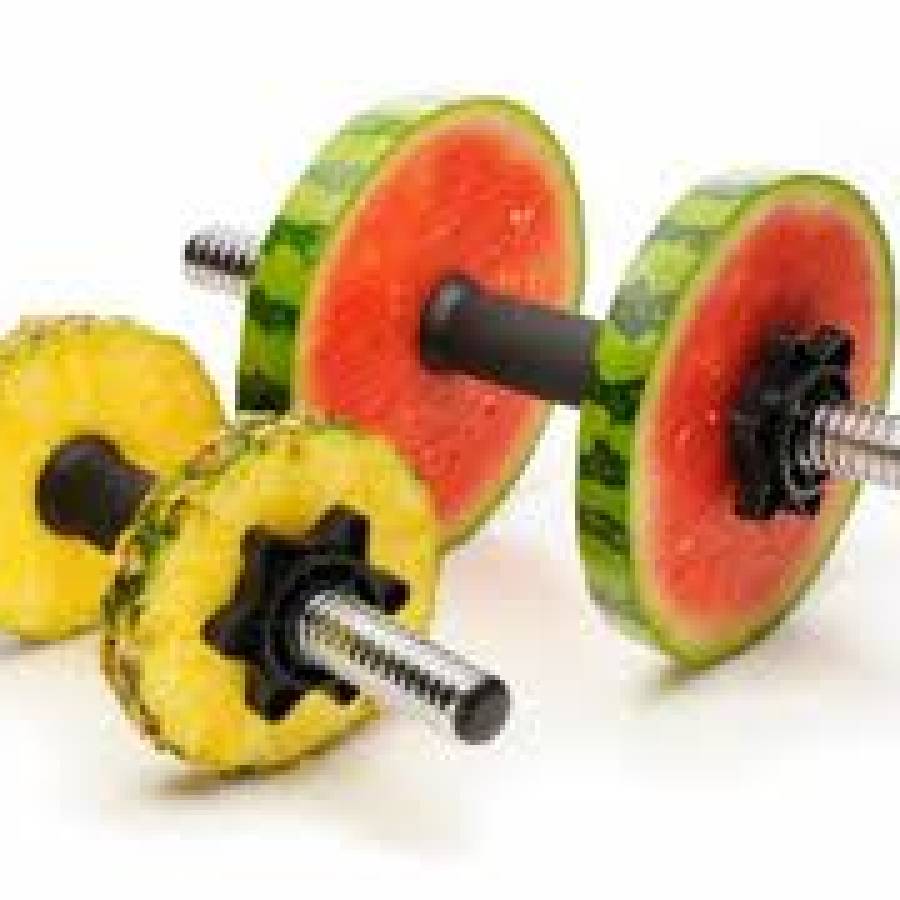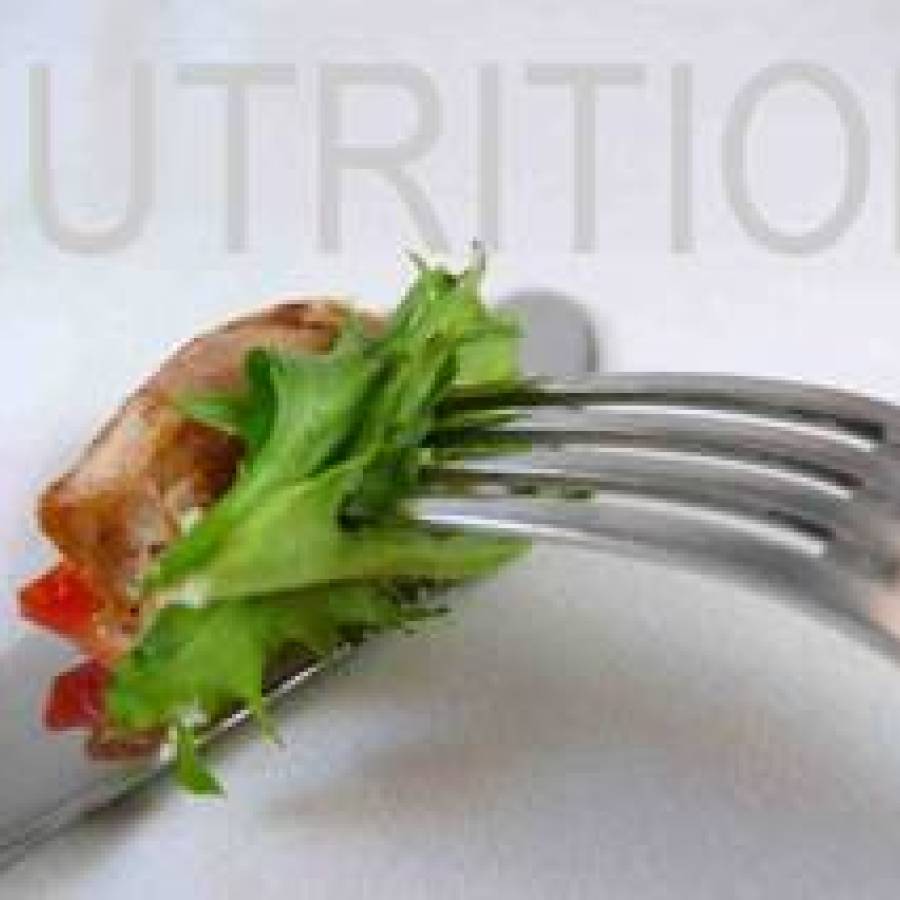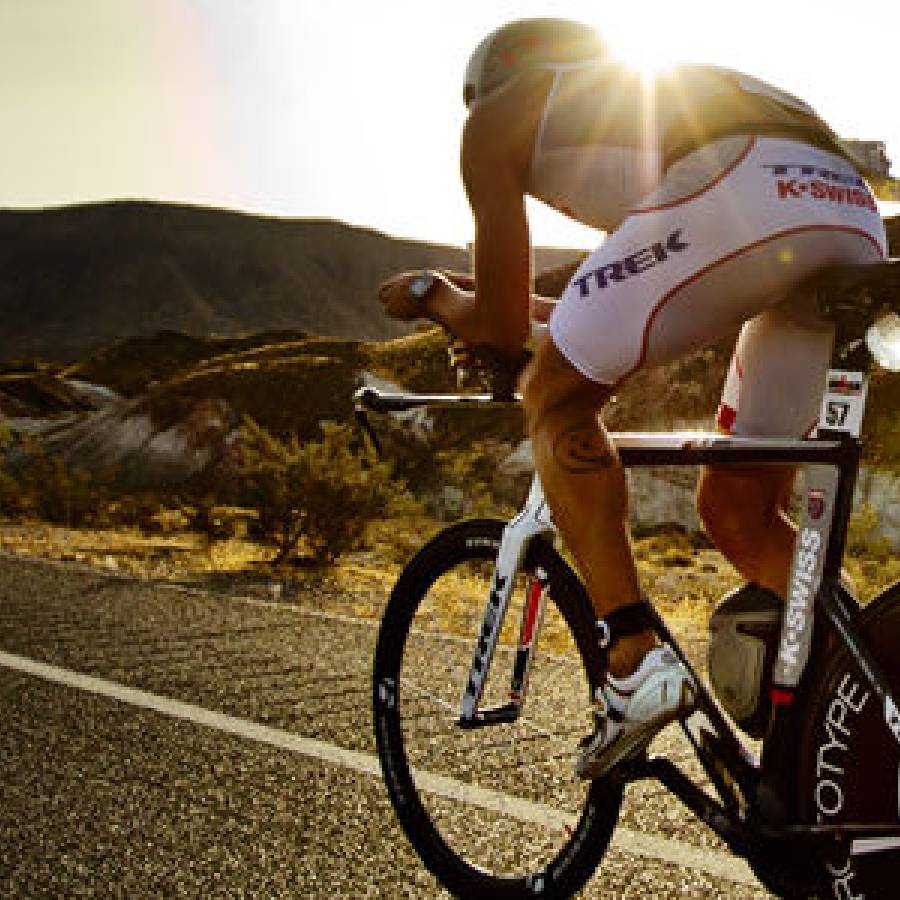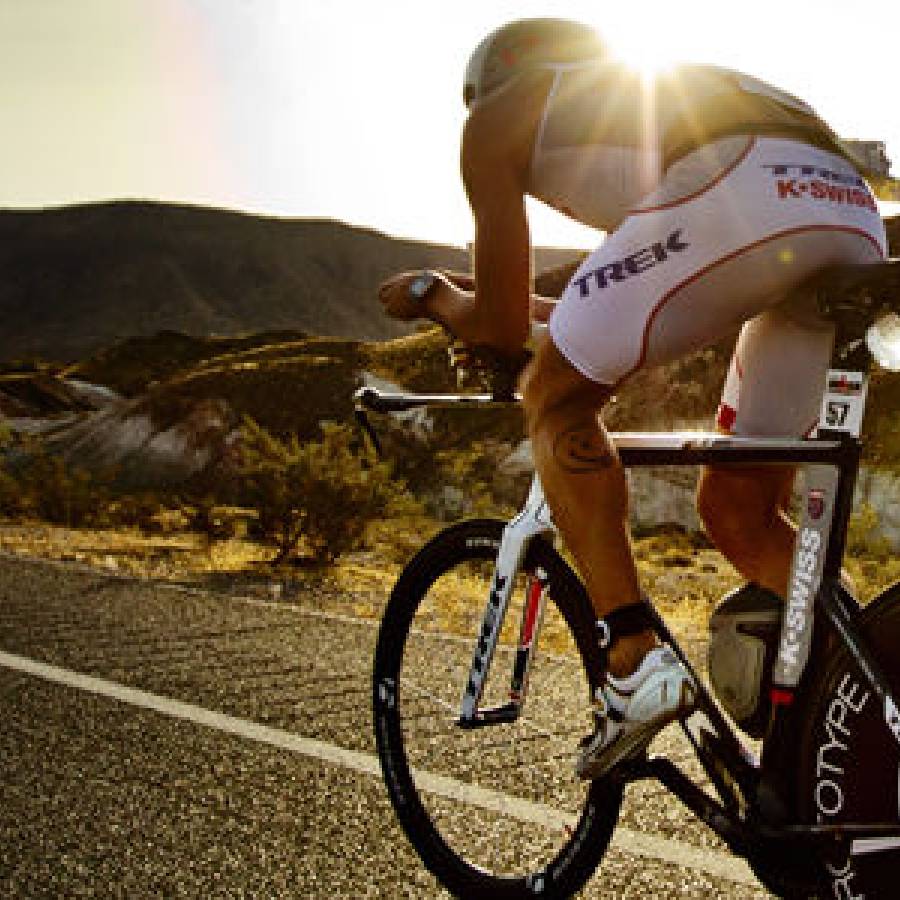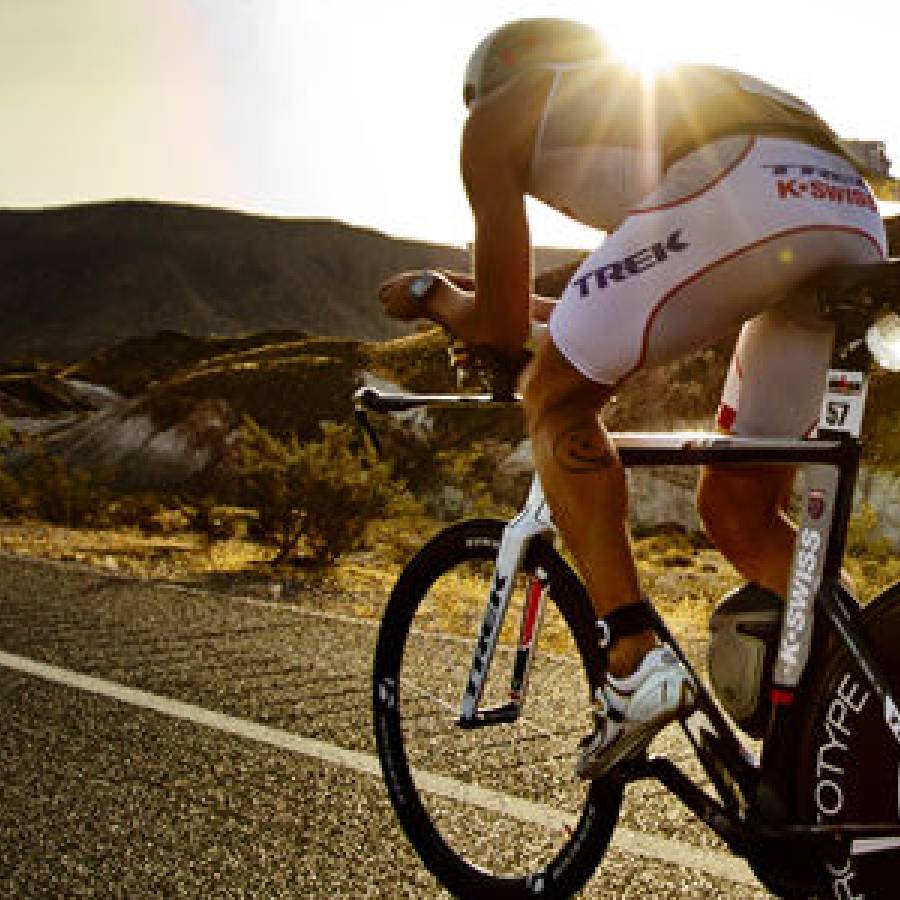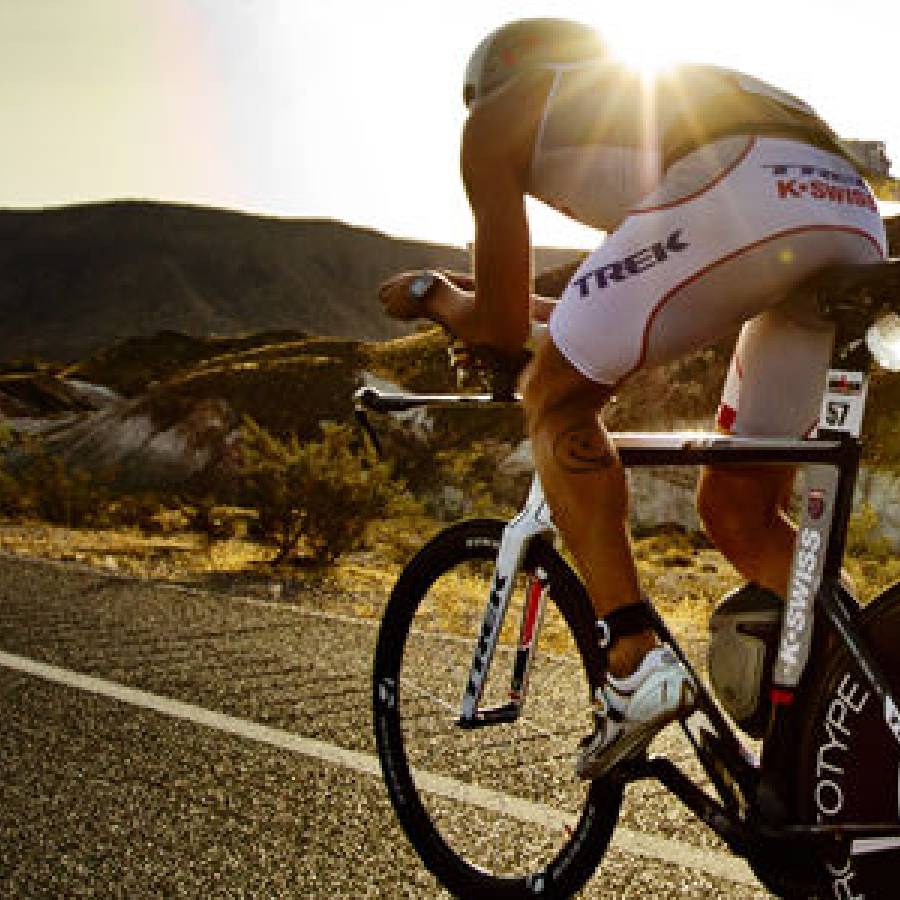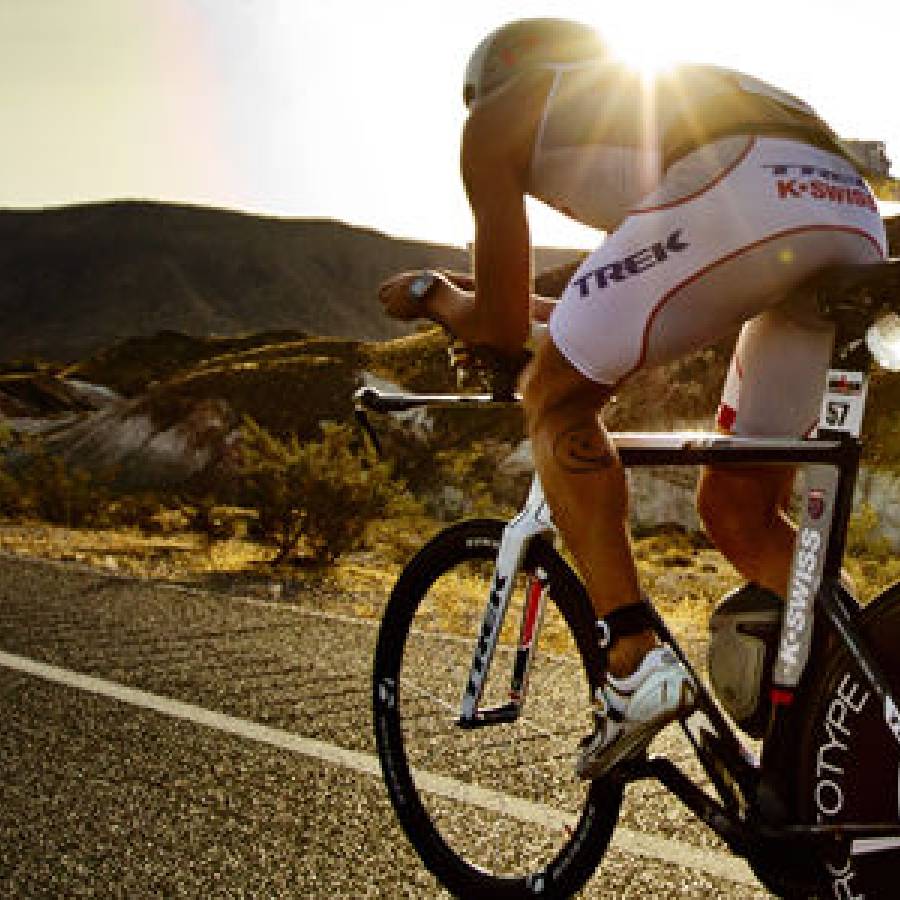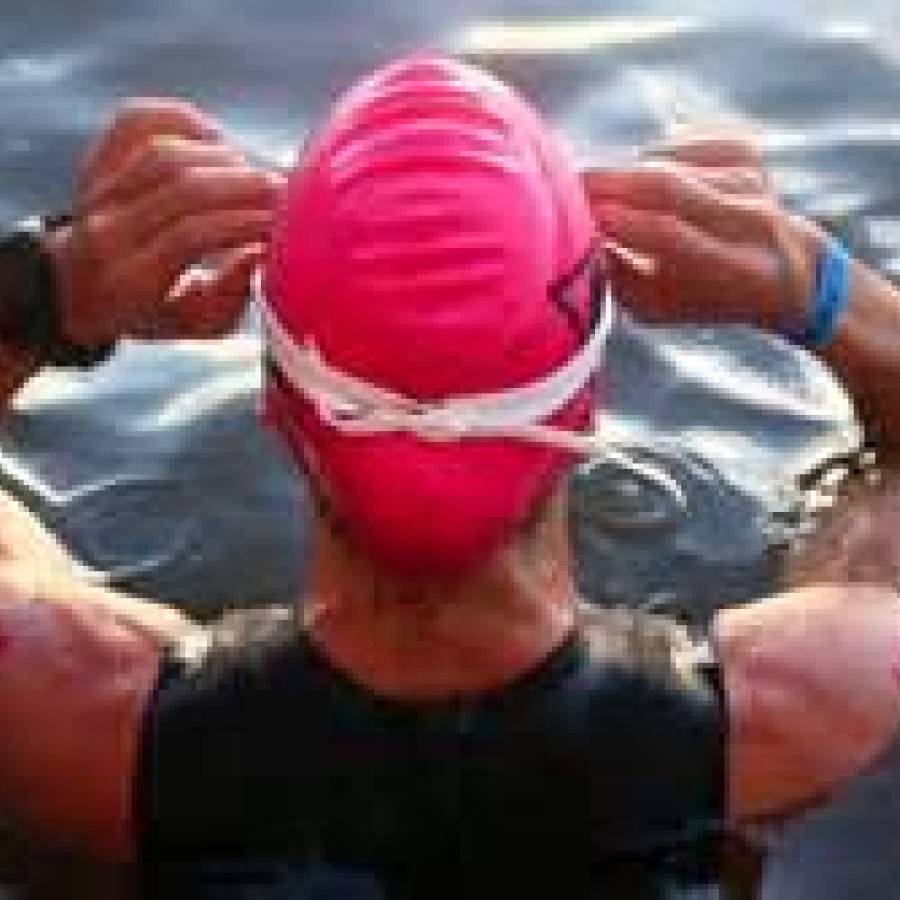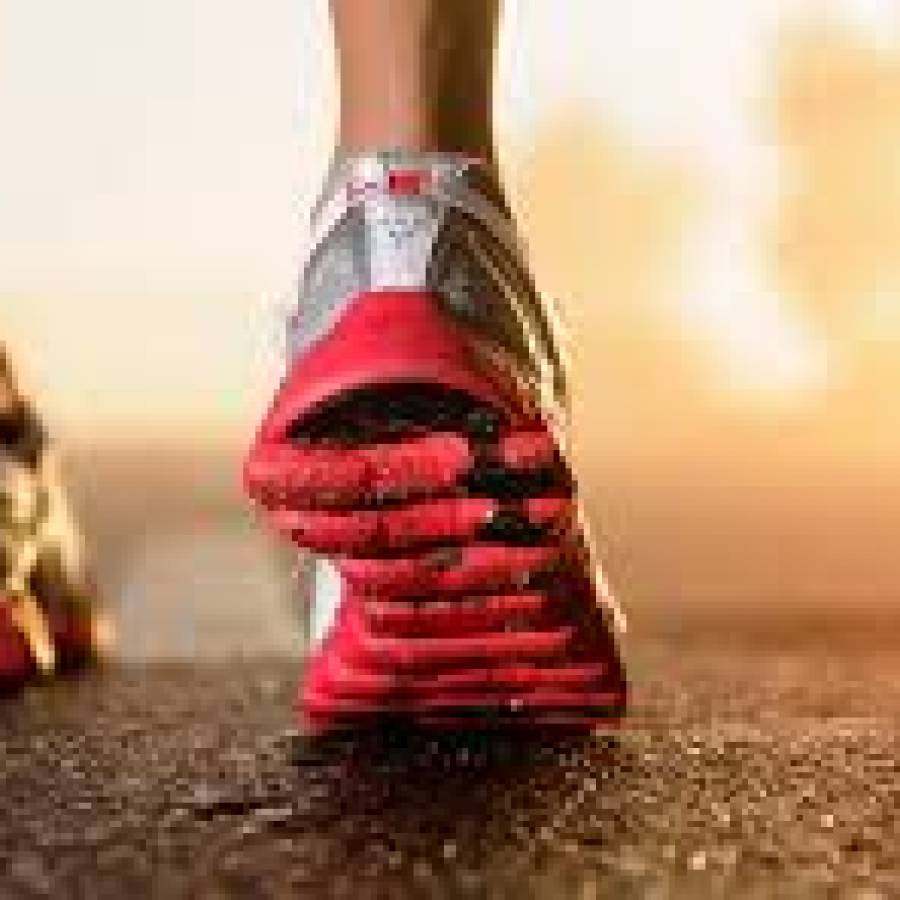
Nutrition is a key component of any good endurance event performance. While our bodies can burn upwards of 750+ calories per hour, we can only digest 200-250 per hour. We cannot replace calories spent at the same rate they are burned. The digestive system cannot keep up. How do we sustain energy levels that support our finish time goals; a puzzle many of us struggle with. Training our digestive system is as important as training our muscles. This article brings to light various factors that should be considered when planning your next endurance event.
We all want the answer to the question; “what do I eat or drink, how often, and at what quantities.” Bottle the answer to this question and you will be a rich person. There is no single correct answer. What works for one race may not work for the next. Why? There are various factors contributing to a good nutritional performance. To improve your nutrition during long events, understand each of the below factors, plan accordingly, practice your plan, and, adapt as needed during races.
Calorie Reserves:
The amount of glycogen stored in the liver ranges from 250-500 calories depending on the time of day and the carbohydrate content of the last meal. Liver size does not vary much from one person to next or by gender. The result is most athletes store relatively the same amount of calories in their liver. Calories stored in the liver equate to roughly 18-20% of overall reserves.
Muscle holds relatively less glycogen but your body's total muscle mass is larger and therefore can store greater amounts of calories. A larger person with more muscle mass could potentially store up to 2000 calories in their muscles. Calories in the muscle account for about 70-80% of overall calorie reserves. There are also a small percentage of calories in the bloodstream (5-10%) in the form of blood glucose.
A 150-pound triathlete can store approximately 1800-2000 calories of glycogen as carbohydrate; in the liver, muscles, and bloodstream combined. This fuel source can support up to two hours of high-intensity or four hours of moderate-intensity training. However, not all reserves are available to you. The body will not allow you reach zero (0) in any of the three reserves; liver, muscle, or bloodstream. The body is made to protect itself and therefore will let you know when its gas tank is low. It’s referred to as the beloved bonk.
Stored Energy:
Our body also utilizes fat and protein as fuel to support the moderate-intensity workouts. Fat provides the highest concentration of energy of all the nutrients. One gram of fat equals nine calories (as opposed to four calories for carbohydrates or proteins). In other words, you get twice the mileage with fat than you do with carbohydrates or proteins, This calorie density, along with our seemingly unlimited storage capacity for fat, makes fat our largest reserve of energy. One pound of stored fat provides approximately 3,600 calories of energy. However, these calories are less accessible to athletes performing quick, intense efforts like sprinting or weight lifting.
Fat is essential for longer, slower intensity, and endurance exercises. Fat provides the main fuel source for long duration, low to moderate intensity exercise (endurance sports such as marathons and other endurance events). Even during high intensity exercise, where carbohydrate is the main fuel source, fat is needed to help access the stored carbohydrate (glycogen). For these reasons, athletes need to carefully time when they eat fat, how much they eat and the type of fat they eat. In general, it’s not a good idea to eat fat immediately before or during intense exercise.
How does fat provide energy? Body fat is a "stored energy" and needs to be converted back to sugar (glycogen) in order to be used. Converting stored body fat into energy takes time and a great deal of oxygen. Exercise intensity must decrease for this process to occur. As glycogen levels deplete, your body begins to protect itself by converting fat stores back to glycogen to be used as energy. The body needs to breakdown fat and transport it to working muscles before it can be used as energy. To dramatically increase muscle glycogen levels, eat a high carbohydrate meal right after a vigorous workout.
Pace/Intensity:
The first two factors, Calorie Reserves and Stored Energy work in combination. Once heart rate exceeds 50% of Maximum Heart Rate (MHR), you are always burning a combination of both carbohydrates and fats. The greater the intensity, the greater the dependency on carbohydrates. (See Coach-Tony article Zone Definitions.)
Running a car engine at 90 mph depletes the gas tank quicker than running it at 55mph because we get less miles per gallon (mpg). In much the same way, riding or running at a higher intensity will burn greater amounts of carbohydrates than fats and our mpg (calories/gram) is 4 calories because we are depending more on carbohydrates than fat. If we slow down, we’ll use greater amounts of fat and become less dependent on carbohydrates and potentially increasing MPG to 6+ calories/gram. This is a case of the tortes and the hair. Slowing down and watching our competition run or ride away from us seems counter intuitive. But in the long run, we stand a great chance of catching and passing the hair if we let them run out of gas and spend more time managing our own energy levels by sticking with a pace that burns the desired combination of carbohydrates and fats.
Fitness:
If we continue using the car analogy, there are 4, 6, 8 cylinder cars. Power output aside, the greater the number of cinders, the less efficient. Muscles also vary in efficiency. An out of shape just off the couch muscle is much less efficient than a muscle accustomed to daily exercise. When the couch potato muscle begin to exercise, it requires greater amounts of oxygen to burn calories and requires an extended amount of time to transition from burning carbohydrates to burning fats. As the muscle increases its fitness through repetition, it requires less oxygen and less time to begin burning fats. One of the reasons athletes can complete the Ironman distances in the 8-9 hour range is because their muscles are extremely efficient. You could say they are 4 cylinder engines with 8 cylinder power.
Fatigue:
Alas we are not made of medals and therefore our car analogy will take us only so far. Food is not a replacement for fatigue. Many of us make the race day mistake of increasing calorie intake to offset muscle fatigue. Remember that our digestive system can process only so much per hour. Fatigue is better addressed through adequate training and executing a well thought out race plan including a pace that supports your goals and incorporates all of the factors explained in this article.
There is no magic bullet to the question “what do I eat or drink, how often, and at what quantities.” The best type of luck is a well-designed plan validated through training. Set up guidelines for yourself and stick to them. Experiment with various products, don’t mix too many chemicals in your system at once, don’t try anything new race day, and remember the path to a successful Ironman or other endurance event is through your stomach.

